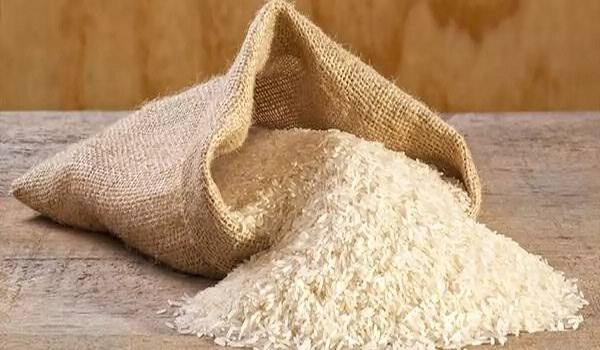Vietnam’s rice industry is at a crossroads, weighing the need to expand exports against concerns of insufficient domestic supply. At the seminar “Positioning Vietnamese Rice in the New Era,” organized by the Vietnam Food Association (VFA), Chairman Do Ha Nam highlighted that rice exports surged to over 9.18 million tons in 2024, up from 7.5 million tons in 2022, generating $5.7 billion in revenue. The first quarter of 2025 already saw 2.25 million tons exported — a 2% year-on-year increase.
To meet global demand, Vietnamese firms are also importing rice from Cambodia, amounting to around 3.8 million tons in 2024. However, Nam warned that no surplus rice is available for further sales, as production hasn’t kept pace with growing demand, causing prices to rise.
While Vietnam has lost ground in Indonesia, it has strengthened its position in traditional markets like the Philippines and Africa, thanks to improved quality and competitive pricing. Currently, Asia accounts for 72% of Vietnam’s rice exports, followed by Africa, the Middle East, Europe, and the Americas.
According to Nguyen Anh Phong, Deputy Director at IPSARD (under the Ministry of Agriculture and Environment), Vietnam is proactively targeting new markets, supported by government policies on storage, rice variety development, and trade facilitation. Phong emphasized the growing demand for high-quality, low-emission rice, citing Vietnam’s leadership in this area as a strong marketing advantage.
The Vietnamese government has set ambitious targets: by 2025, low/medium-grade white rice should drop to 15% of exports, while fragrant and specialty rice should rise to 40%. By 2030, these targets become 10% and 45%, respectively.
Challenges persist, including financial limitations, logistics gaps, and VAT refund issues. The VFA urged the government to support infrastructure development — such as the Cai Cui port and Quan Chanh Bo canal upgrades — and to offer unsecured loans and clearer tax guidance for rice exporters.
In conclusion, Vietnam’s rice industry seeks to secure its role as a global supplier through quality improvement, market diversification, and value chain enhancement, while ensuring fair returns for both farmers and businesses.
Follow & Subscribe:
👉 Agri-Food Update on LinkedIn for the latest updates and insights.
🌐 Visit us at www.agri-food-update.com for more information!



